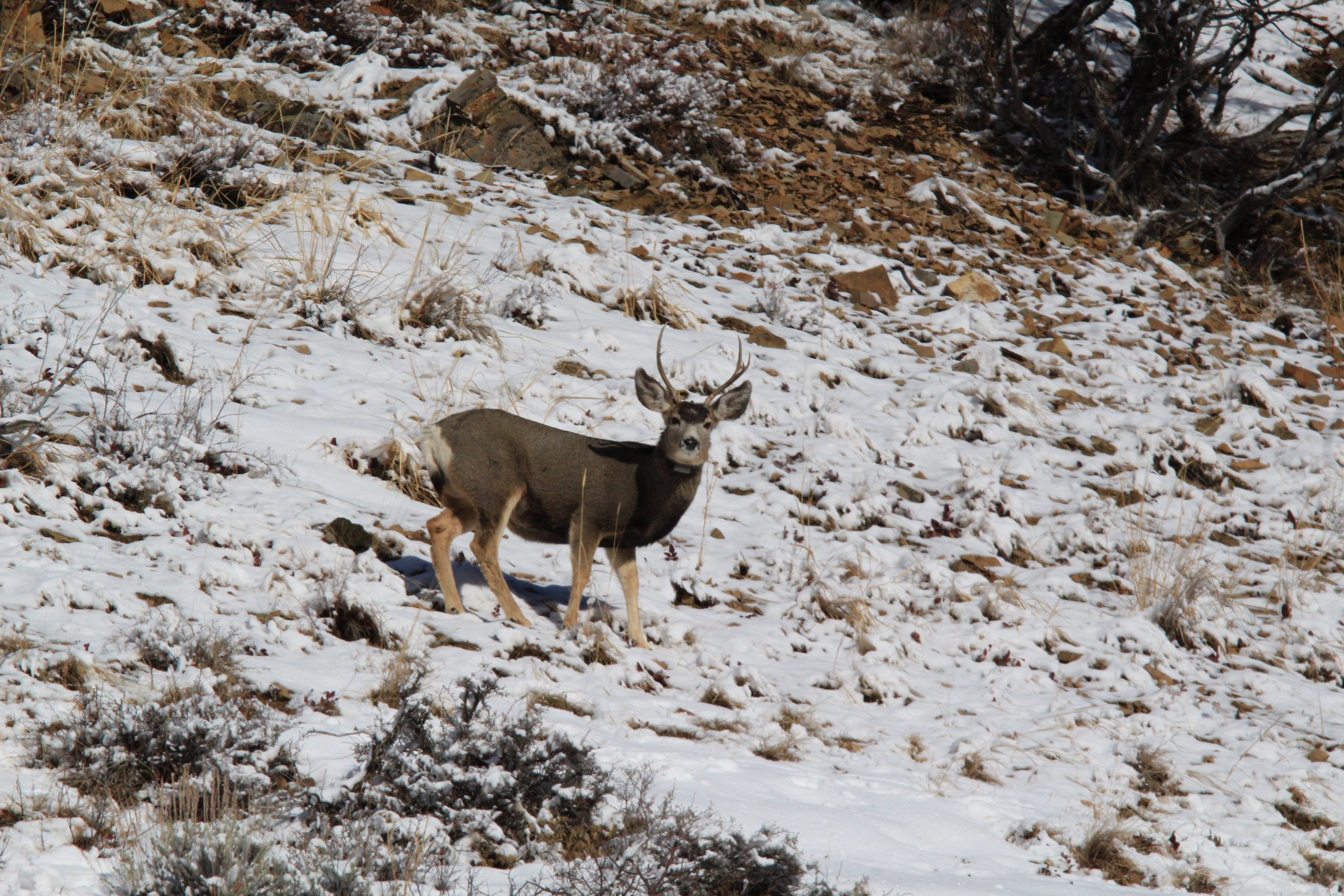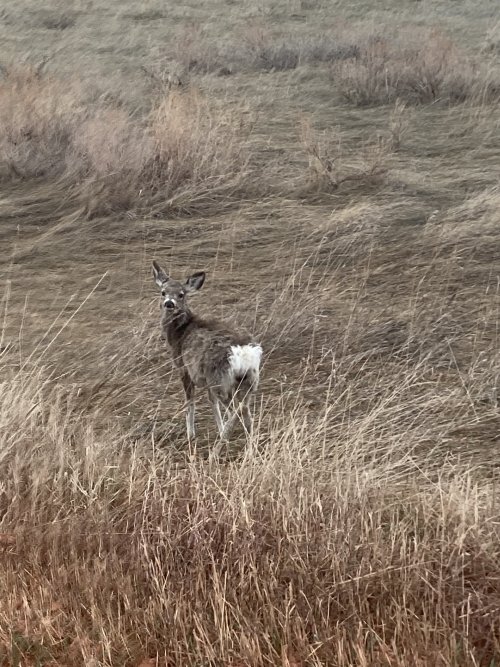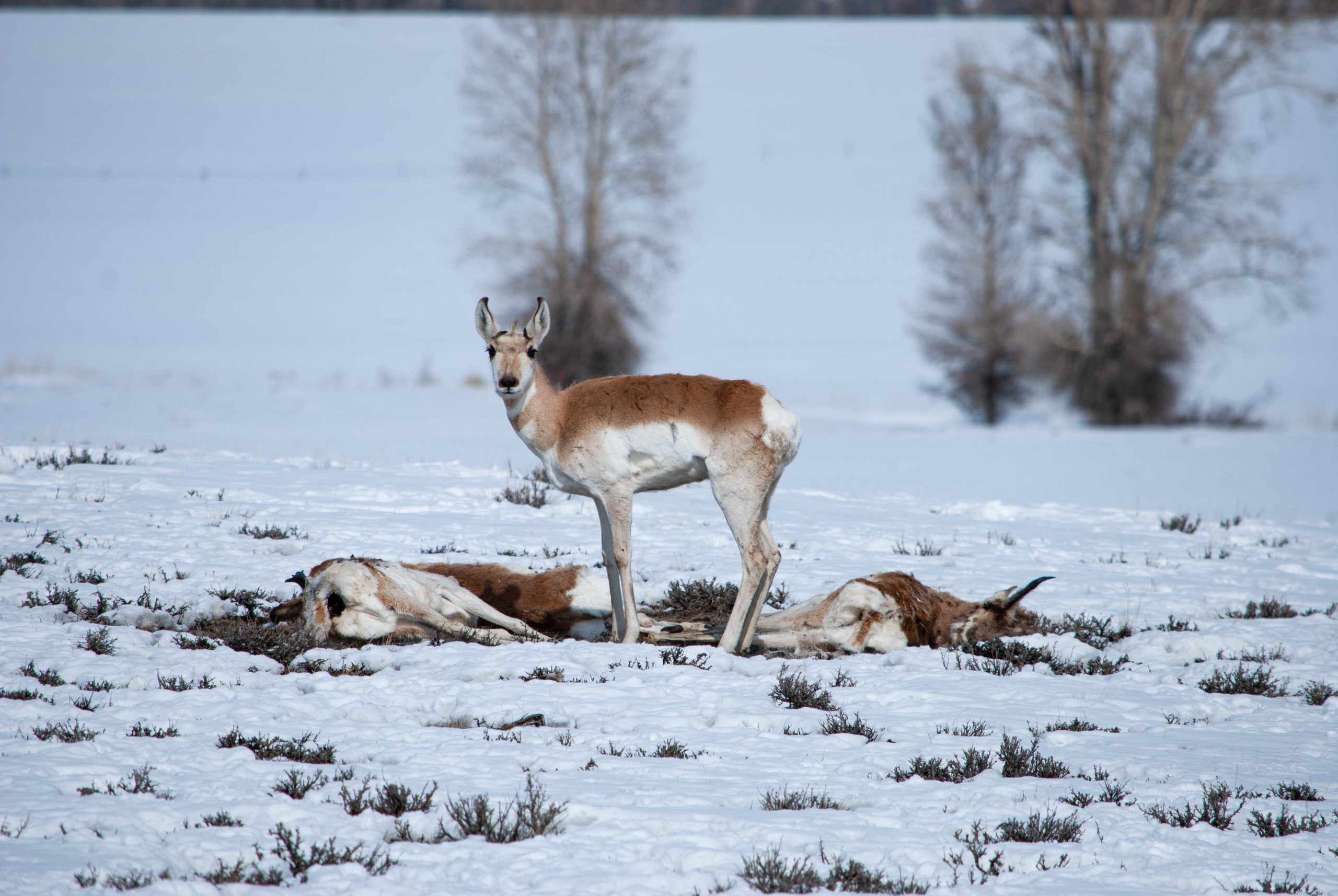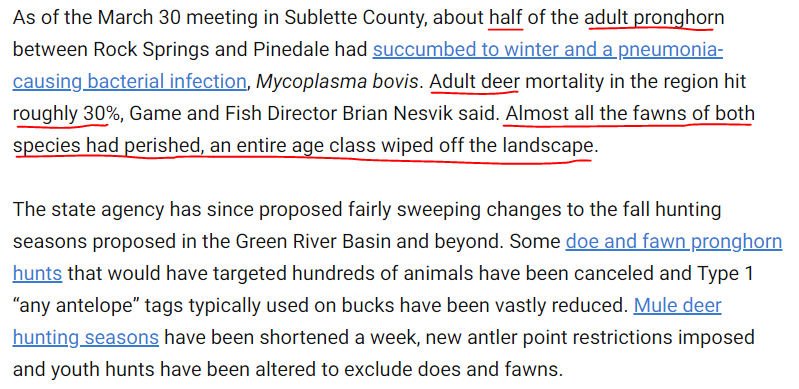sclancy27
Well-known member
- Joined
- Nov 23, 2022
- Messages
- 883
I remember driving from Fred Robinson to Malta and seeing almost nothing for years after that winter. Antelope were getting hit by trains, falling through the ice on Fort Peck, dying in mass. Do you have a link to that study? I guess if you abort a fetus late term there are bound to be complications but that is crazy.That winter had an even worse effect on pronghorn than it did deer north of the Missouri. We had a nearly 100% mortality on fawns and yearlings. I believe it was Andrew Jakes that had a study that pointed to nearly every surviving doe from that winter aborted the fetus but was unable to pass the femur bone of the fetus and became sterile for the rest of their life.
So you were left with repopulating an entire area with only the does and yearlings that were not bred going into that winter. It took at least 7-8 years to even see 50% of the pronghorn that used to be north of the river and Fort Peck.








